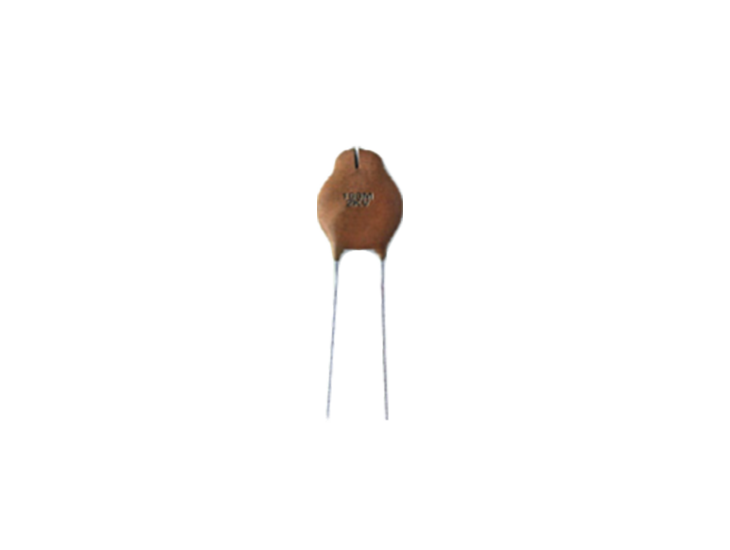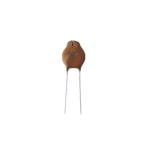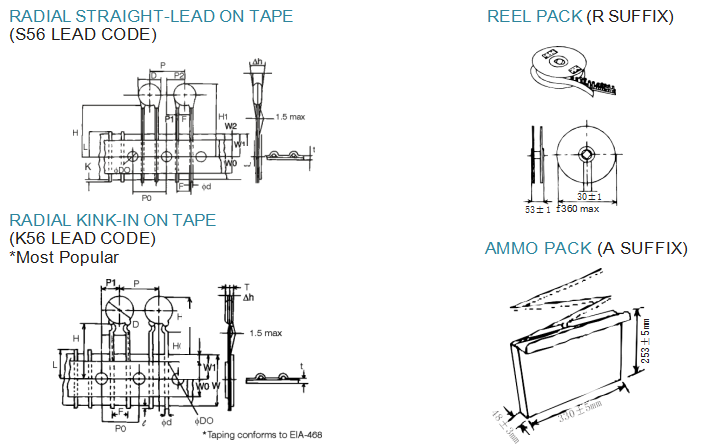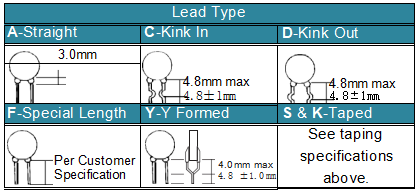Ceramic Disc capacitor |12V~50V | CCDC
INTRODUCTION
Spark Gap capacitors are designed to provide a reliable discharge path for stray, transient overvoltages and static voltage build-up. The construction of spark gap may enable the circuit designer to reduce costs by specifying lower voltage components.
Spark Gap capacitors are designed to provide a reliable discharge path for stray, transient overvoltages and static voltage build-up. The construction of spark gap may enable the circuit designer to reduce costs by specifying lower voltage components.












 inquiry
inquiry  inquiry@sh-jinpei.com
inquiry@sh-jinpei.com 



